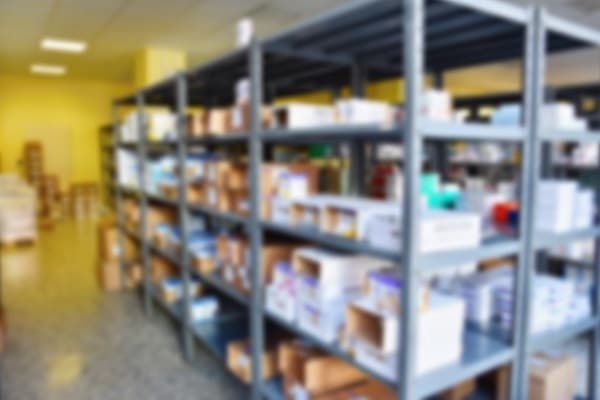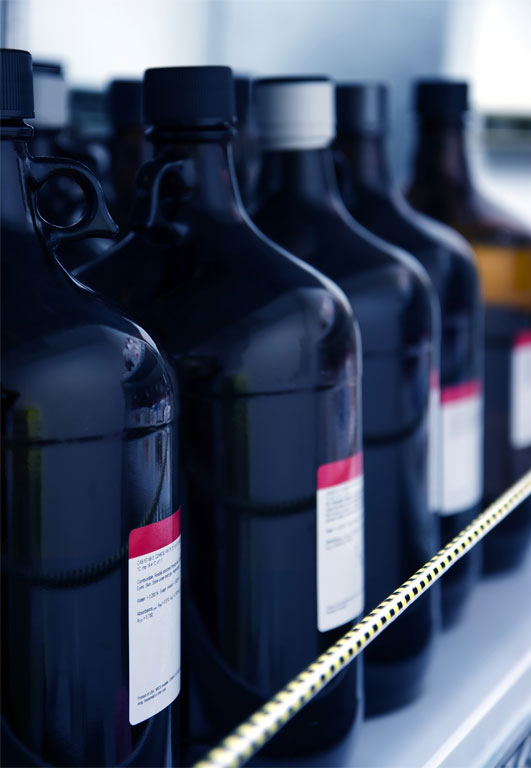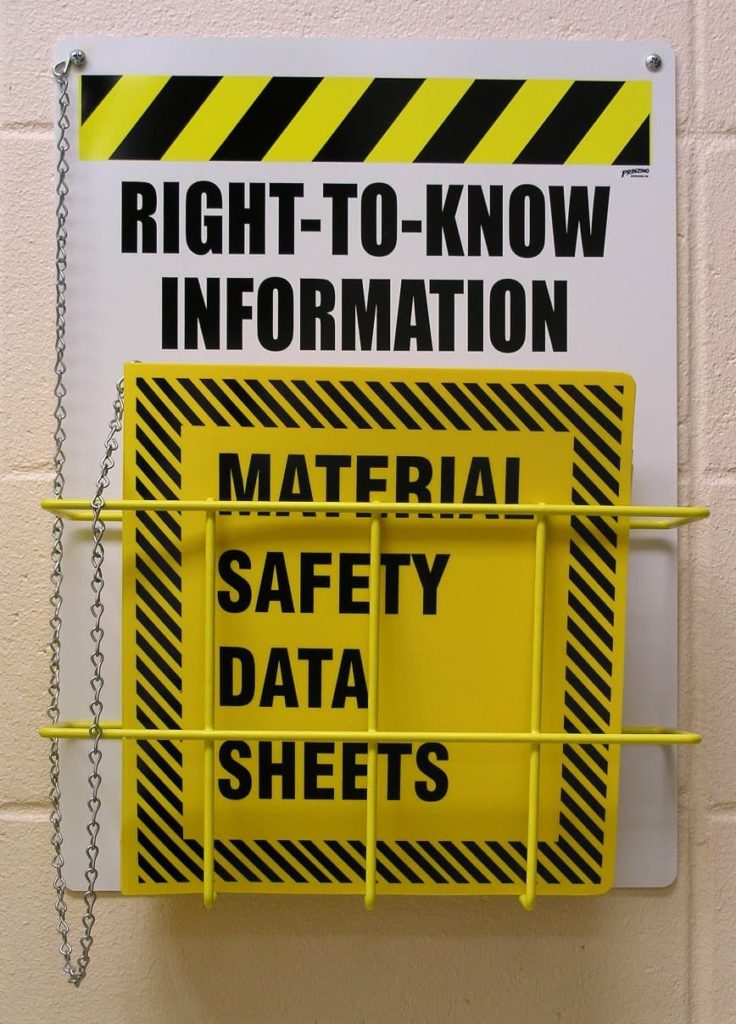Laboratory Warehouse Safety – Whose responsibility is it?


A laboratory exposes you to hazardous materials such as toxic and poisonous chemicals, flammable solvents, corrosive liquids, highly reactive chemicals and explosive materials. Specialized laboratories, in addition, can also require handling and storage of radio- isotopes, dangerous microbes and viruses. Such laboratories should also have provision for safe storage and handling of such materials.
Aspects of laboratory safety have been dealt with in earlier articles covering topics on storage options of laboratory chemicals, safe handling of laboratory glassware, prevention of laboratory accidents and essential considerations for laboratory safety audits.Equally important is safety in the laboratory warehouse. The present article discusses the responsibilities of the different stakeholders so that warehouse becomes accident free.
Let us first of all define the stake holders before fixing individual responsibilities :
- Suppliers of chemicals
- Laboratory management
- Warehouse in-charge
- Warehouse employees
Broadly speaking such responsibilities are covered under various sections of the Occupational Safety and Health Act 1994 and a brief reference is drawn to the responsibilities and duties of stakeholders under the provisions of the act
Supplier of Chemicals
The supplier of chemicals is responsible indirectly for safety in the warehouse. He cannot simply wash his hands and claim that warehouse safety is not under his purview.Before dispatch of hazardous materials and chemicals he should ensure that:
- The warehouse has adequate provision for safe storage of chemicals supplied by him
- The material is transported in appropriate pilfer proof containers and protected from natural elements such as direct sunlight or rain.
- The chemical containers are fixed with appropriate labels and hazard signs
- Material safety data sheets are made available to the laboratory management in advance
- Emergency contact details are provided for specialist advice, if required
Laboratory Management
Laboratory management has a key role with regards to warehouse safety as it will be held ultimately responsible for accidents resulting from non- observance of safety instructions. It should make provision for:
- Warehouse premises with adequate safety features including, lighting, ventilation and clearly marked exit routes
- Regular training on safety to all warehouse employees
- Safety instructions on safe handling and storage of hazardous materials received from supplier are communicated to warehouse in-charge and receipt acknowledged
- Emergency contact details are updated from time to time
- Clear instructions on safe exit and assembly points in case of serious accidents are communicated to all the employees
- Periodic safety audits of warehouse are conducted by an internal expert panel
Warehouse In-Charge
The warehouse in-charge is an important link between the laboratory management and the warehouse employees and has to enforce strict compliance with safety guidelines. His key responsibilities include:
- All warehouse employees are complying with the safety guidelines mandated by the laboratory management
- Safety gear including fire extinguishers, wash fountains, smoke detectors, etc are functional at all times
- First aid kits are replenished and expired medicines are discarded
- Safety training is imparted to all warehouse employees and their training records are available whenever required
- Material safety data sheets are available to one and all in time of need
Warehouse Employees
Warehouse employees are the ones who are responsible for implementation of safe practices laid down by laboratory management. Some specific requirements are outlined:
- Take reasonable care to avoid mishaps that can endanger his own safety as well as that of others due to his carelessness and negligence.
- Inspect packing containers for leaks or mislabeling before storage.
- Any re-labeling as per in-house requirements should be done before stacking
- Chemicals are not stacked in passages, exit routes or forklift routes
- Ensure pallets are not damaged or buckled before material is stacked on them. Pallets should not be overloaded
- Transfer of material and chemicals to smaller packs is carried out in prescribed areas only
- Do not use damaged materials handling equipment and never exceed the prescribed speed limits inside the warehouse
- Never roll down gas cylinders on floors or down the ramps. Always make use of cylinder trolleys
- Emergencies such as spillages, release of toxic gases and electrical short-circuits or chemical fires should be attended on top priority
In the end it is once again emphasized that all stakeholders share equal responsibility in ensuring safety in the laboratory warehouse






Responses